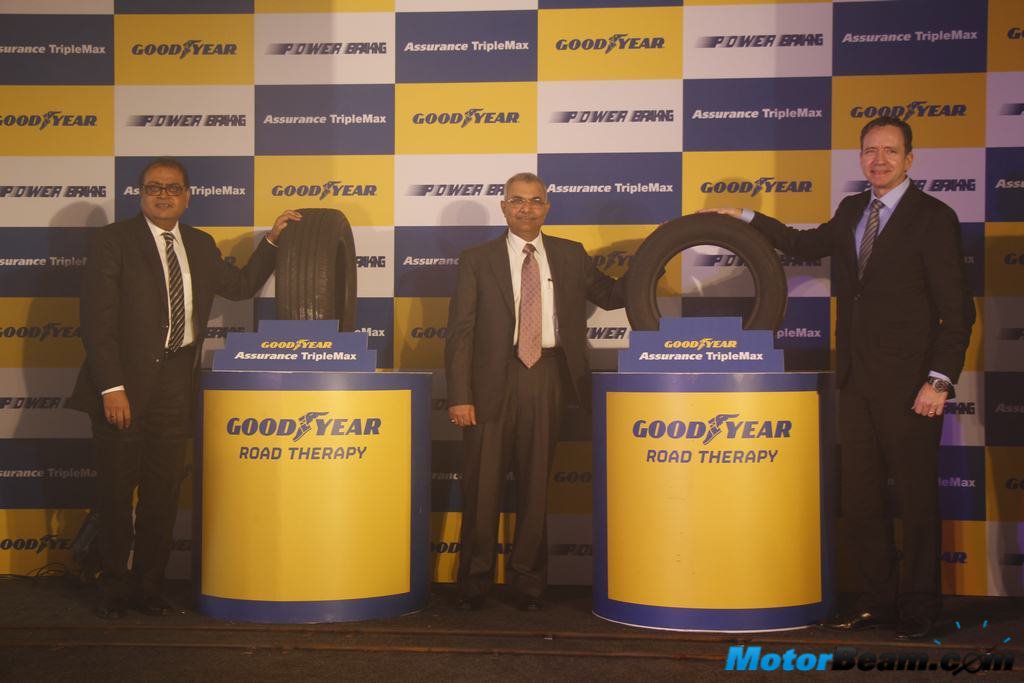Maharashtra’s state transport commissioner has banned displaying the phrase “Horn Ok Please” on the sides and rear of trucks and tempos in the state as it promotes honking.

Maharashtra’s state transport commissioner issued a circular banning the ‘Horn Ok Please’ phrase that is displayed at the rear of all commercial vehicles like trucks and tempos across the state. The unique move was taken by the state transport department because they feel that the display leads to excessive honking by motorists in silence zones, which lie in areas near hospitals, schools and colleges. The ban on this phrase is also expected to reduce noise pollution by an extent.
The new circular has been given a warm welcome by a few transporter’s associations and the All India Motor Transport Congress’ former president, Bal Malkit Singh said that this phrase is a thing of the past and is of no use now. He said that many years ago, someone would really have to honk while overtaking as roads were much narrower earlier, to alert the vehicle in front of you. But this is not required at a time when we have much wider roads including four to six-lane highways. Drivers nowadays can use dippers and indicators while overtaking and there is not much of a need to honk while doing so.
According to the circular, displaying the phrase ‘Horn OK Please’ is a gross violation of Section 134 (1) of the Maharashtra Motor Vehicle Rules, which deals with signs that can be used on the rear and sides of vehicles. It also states that the phrase encourages people to honk while passing a truck or tempo, which sends a wrong message to citizens.
An RTO official said that they will be conducting a drive to check all commercial vehicles next week onwards. Any truck or tempo found violating the order will face stringent punishment, leading from the suspension of permits to fines as high as Rs. 500/-. Anti-noise pollution activists also welcomed the decision and said that excessive honking was a nuisance for those residing in silence zones, especially to hospital patients. According to a few WHO guidelines, the relative risk of hearing loss rises when one is continually exposed to noise levels that exceed 85 dB, with the danger increasing at 90 dB and above.





